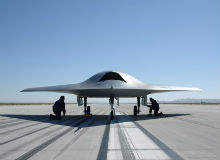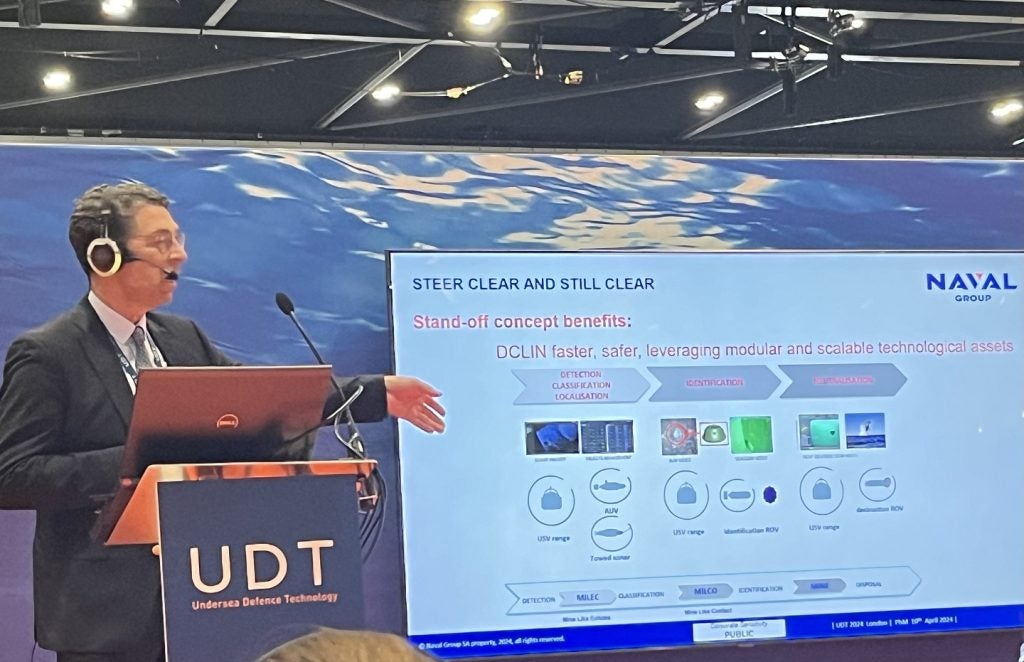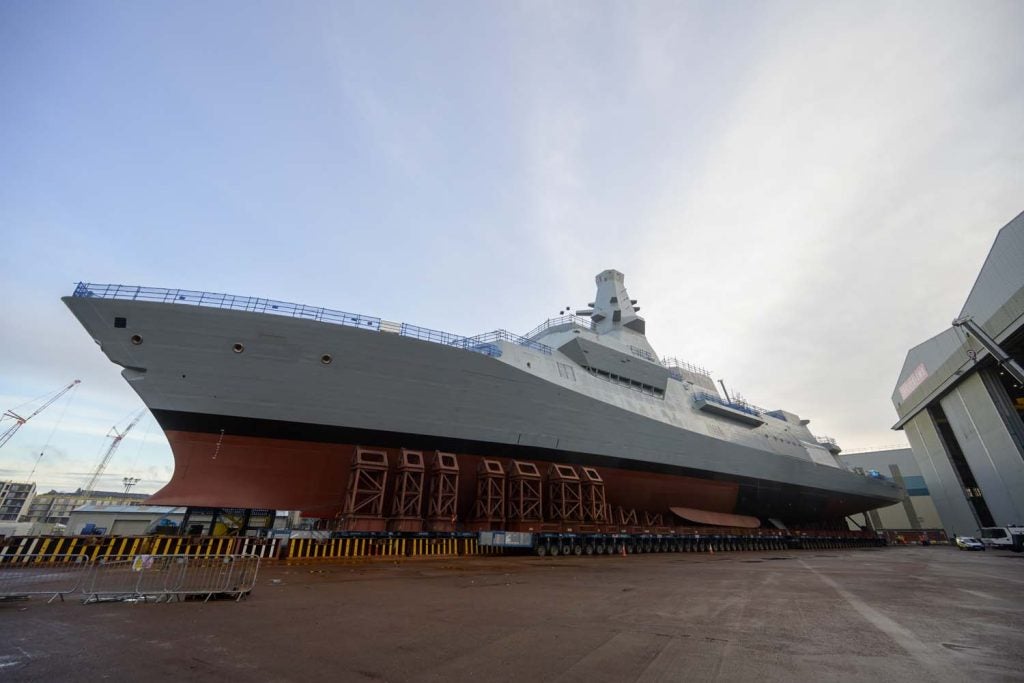

The UCLASS concept has been re-worked several times since it was first envisioned, changing from an initial goal of extending carrier power projection beyond the reach of piloted craft, to a cheaper intelligence surveillance and reconnaissance (ISR) drone, and then to a maritime ISR and strike role.
Behind this lies an ongoing debate, principally between the majority of naval aviators on the one hand, who are looking for a platform for ISR and light strikes, and on the other, those in Congress and elsewhere calling for a stealthy, heavily armed primary strike vehicle, which has centred on issues of stealth, survivability, endurance and payload.
If all goes according to plan this time, 2016 should see the release of the final requirements for the project – originally due in the autumn of 2012 – subject to the outcome of the Department of Defense UAV strategic programme review which is due to be completed later this year.
How well do you really know your competitors?
Access the most comprehensive Company Profiles on the market, powered by GlobalData. Save hours of research. Gain competitive edge.

Thank you!
Your download email will arrive shortly
Not ready to buy yet? Download a free sample
We are confident about the unique quality of our Company Profiles. However, we want you to make the most beneficial decision for your business, so we offer a free sample that you can download by submitting the below form
By GlobalDataIn August 2013, Boeing, General Atomics, Lockheed Martin and Northrop Grumman were awarded firm fixed-price contracts worth $15m apiece by Naval Air Systems Command (NAVAIR) to begin preliminary design reviews. Each company has subsequently developed its own UCLASS contender, making its own decisions on the relative emphasis given to features such as multi-spectral stealth, bandwidth management, operational endurance, payload capacity and – given modern budgetary constraints – unit cost.
See Also:
How closely any, or all, of them approach the navy’s eventual demands, and equally how readily the rival manufacturers can potentially ‘force-fit’ their designs to comply, will only become apparent once the competition proper gets underway, but just on their own merits, the field is very strong.
X-47B
Northrop Grumman’s offering draws on its successful X-47B, a prototype unmanned combat aircraft which was developed first for the joint US Navy/Air Force unmanned combat air system (J-UCAS) programme before becoming part of the navy’s UCAS-D carrier demonstration project.
With a gross takeoff weight of 44,000lbs, a payload of 4,500lbs and capable of flying at altitudes of up to 40,000 feet at high subsonic speeds for six hours, the jet-powered, tail-less, hybrid wing-bodied X-47B is the size of a strike fighter and has a range of some 2100nm without refuelling.
BAE Systems is leading a ‘virtual revolution’ in UK shipbuilding.
Unlike previous generations of drones, the aircraft pushes on the boundaries of truly autonomous flight, flying a pre-programmed mission under computer control and then returning to base at the mouse-click of its operator, who monitors its operation but does not actively directly pilot it.
Northrop Grumman produced two demonstrators – call signs ‘Salty Dog 501’ and ‘Salty Dog 502’ – and between them they have racked up an impressive record of technical achievements during flight and operational integration testing. The X-47B has already claimed a tally of ‘firsts’ for an autonomous UAV, including 2012’s first touch-and-go landing, 2013’s first ever carrier-based launch and recovery and, most recently, the first ever fully autonomous aerial refuelling of an unmanned aircraft in April 2015.
Sea Ghost
Lockheed Martin’s Skunk Works unveiled its UCLASS contender in 2013. The tail-less, flying-wing design concept bears more than a passing resemblance to the company’s successful, if somewhat hush-hush RQ-170 Sentinel UAV and shares a number of its technical features.
Designed from the outset for stealth, with advanced signature control, communications and bandwidth management, the Sea Ghost incorporates proven technologies from both the Sentinel and the F-35, and is intended to support persistent carrier-based ISR and light strike missions. In service, it will carry electro-optical sensors, supported by open architecture avionics which will simplify the addition of new sensors and systems to accommodate future developments in technology and mission demands, and be able to house two 1,000lb munitions internally.
The aircraft is built for autonomous operation, but with oversight from an operator who can intervene if required, which opens up the potential for multiple UAVs to be managed by a single person.
Sea Avenger
In contrast with the competing flying-wing designs, the General Atomics’ Sea Avenger uses a wing-body-tail configuration, its unmistakable outline instantly demonstrating its pedigree as the latest generation of the company’s highly successful and combat-proven Predator/Reaper design. A maritime version of the Predator C Avenger, this UCLASS contender features a larger airframe, a new turbofan engine and an upgraded wing design, which allows the aircraft to have high-speed flight capability without compromising the low-speed handling characteristics necessary for carrier operation.
A remotely piloted aircraft system, the Avenger is designed to offer faster speeds and greater survivability across a range of mission types and provide a highly flexible quick-response armed reconnaissance capability. Powered by a Pratt and Whitney PW545B turbofan, it can fly at up to 400kn at a maximum altitude of 50,000ft, and will have 20 hours endurance.
Other notable features include a retractable electro-optical/infrared sensor gimbal, an internal weapons bay capable of housing 3,500lbs of precision munitions, triple-redundant avionics and full compatibility with existing General Atomics Aeronautical Systems’ Predator-series ground control stations.
Boeing UCLASS
To date, Boeing has not disclosed any information publicly regarding its UCLASS design, but there have been a number of reports that it will be a next-generation derivative of the X-45 Phantom Ray which the company pitched to the US Navy in the earlier UCAS-D project.
The X-45 began as a autonomous unmanned combat air vehicle concept demonstrator as part of the J-UCAS project, and was subsequently developed through increasingly larger and more capable stages to the final ‘C’ prototype which eventually gave rise to the Phantom Ray. Built and wholly financed by Boeing as a future technology test bed and demonstrator, it is a stealthy, 50ft flying-wing design, which is said to be able to carry 4,500lbs of payload to a ceiling of 40,000ft and at speeds of up to 534kn.
Whether the company will ultimately field an entry based on a revamped and improved Phantom Ray, or – with whispers of a possible conventional ‘tailed’ design being heard – something entirely new altogether, remains to be seen, but it is clear that Boeing is still very much in the game.
"Boeing remains ready to compete for UCLASS. We know that 21st century missions require greater unrefueled range/persistence, greater survivability and greater flexibility. We remain committed to providing the US Navy [with] a much-needed, affordable UCLASS solution," says spokeswoman Deborah VanNierop.
Future strike
While the contenders are waiting for the Navy to reveal exactly what it wants for UCLASS, from what the Secretary of the Navy Ray Mabus told journalists after his address at the US Naval Academy in May, it seems there may also be an element of the mavy waiting to see what industry can provide.
The UK’s vulnerability in this area is becoming increasingly critical.
Whatever eventual route the UCLASS programme follows, and irrespective of whether this particular UAV incarnation has the penetrating heavy strike capacity some have called for, the stakes are very high. In April, at the Navy League’s 2015 Sea-Air-Space Exposition, Mabus predicted that the Lockheed Martin F-35 Lighting II will almost certainly be the navy’s last ever piloted strike fighter, which would mean the F/A-XX Boeing F/A-18E/F Super Hornet’s replacement being unmanned.
As Mabus said, "we’re looking at UCLASS to be the bridge between manned systems and completely autonomous unmanned strike, which will be sometime in the 2020s, to develop that programme using UCLASS to get us there" – and there is a lot riding on getting that right.






